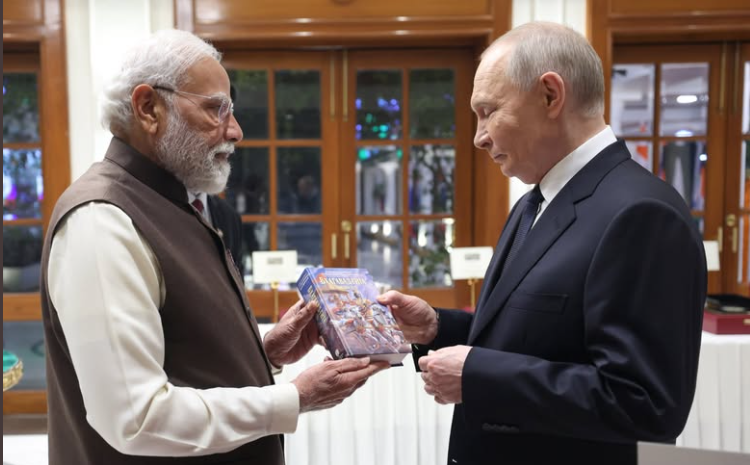India Positioned to Lead Global 6G Revolution, Says Communications Minister Jyotiraditya Scindia
- InduQin
- Sep 3, 2024
- 3 min read
India, led by Communications Minister Jyotiraditya Scindia, eyes spearheading the 6G revolution post 3G and 5G successes. Scindia prioritizes fostering a competitive telecom industry, emphasizes local manufacturing, R&D, and quality services. With mobile subscriptions rising to 1.16 billion and internet users to 950 million, India gears up for 6G leadership. Scindia's strategies include 4G saturation, BSNL's 4G expansion, and boosting domestic telecom equipment manufacturing. Regulatory progress, OTT player integration, spam call controls, and BharatNet expansion mark India's telecom ascent under Scindia's guidance.
In a recent conversation with Kiran Rathee and Romit Guha, Jyotiraditya Scindia, the Communications Minister of India and also the Minister of Development of North Eastern Region (DoNER), expressed optimism about India's potential to take the lead in the upcoming 6G era, following its successful advancements in 3G and 5G technologies.
Scindia highlighted that while the government has not set a specific timeline for divesting its stake in Vodafone Idea, it remains unfazed by the day-to-day operations of the professionally-managed company. Emphasizing on fostering a competitive industry that offers diverse choices and high-quality services to consumers, he outlined key priorities including boosting local manufacturing, research and development in the telecom sector.
Reflecting on the current landscape, Scindia articulated, "Today, telecom plays a pivotal role in shaping the economic trajectory of nations. The rapid increase in mobile connections from 900 million to 1,160 million subscribers, with almost 85% penetration, and the surge in internet users from 200 million to 950 million in the last decade showcase India's significant progress. Tariffs have plummeted by 94%, making services more accessible to the masses."
He further added, "India has transitioned from being a follower in 3G to actively participating in the evolution of 4G and 5G technologies. Now, we stand at the threshold of a new revolution with the potential to lead the world in 6G."
Scindia outlined his strategic pillars for the telecom sector, focusing on achieving 4G saturation across the nation, enhancing the rollout of 4G technology for BSNL, and leveraging initiatives like the production-linked incentive scheme to bolster domestic manufacturing of telecom equipment. He stressed the importance of maintaining high-quality services, increasing research and development efforts, and encouraging indigenous production of telecom equipment to propel India's technological advancement.
When questioned about the progress on the new Telecommunications Act and its associated rules, Scindia revealed that the Act has been officially notified, with plans to finalize 23 sections and 35 rules within a 180-day timeframe.
Regarding the inclusion of OTT players in the telecom sector, Scindia deferred to the Telecom Regulatory Authority of India (Trai), highlighting ongoing discussions within advisory groups to address industry concerns such as revenue sharing.
On the issue of spam calls and consumer protection, Scindia emphasized the regulator's stringent measures to combat the menace, including the disconnection of nearly 1.8 million numbers in recent months to safeguard users from unwanted communication.
Providing insights into the BharatNet project, Scindia disclosed an amended outlay of ₹1.39 lakh crore to extend connectivity to the remaining 40,000 gram panchayats, thereby enhancing internet access to underserved regions.
As India continues its trajectory of technological advancements in the telecom sector, under Scindia's leadership, the nation is poised to emerge as a frontrunner in the global telecommunications landscape, driving innovation and connectivity for all its citizens.








Comments